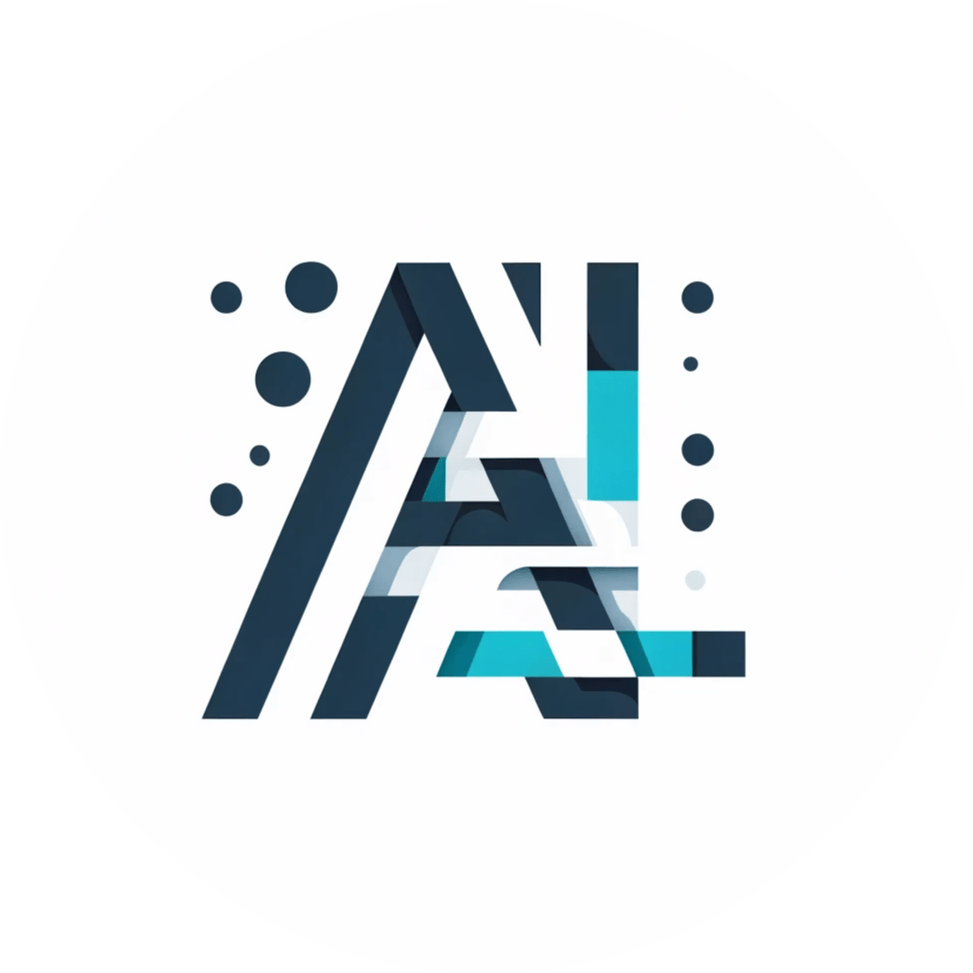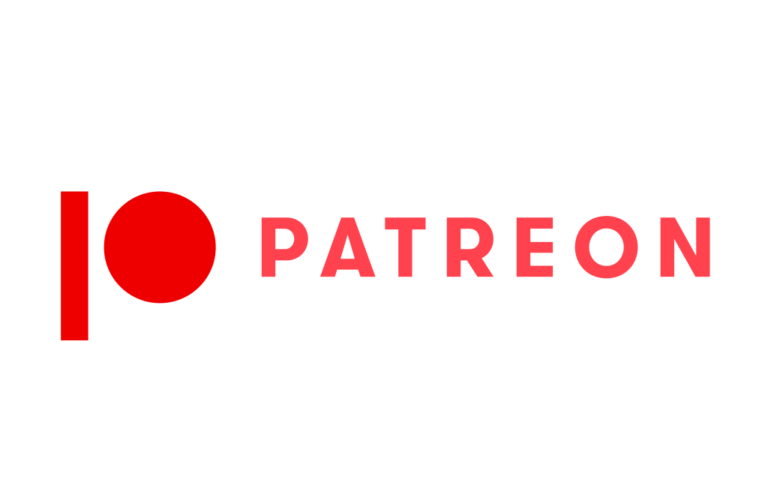The AI Revolution is reshaping our world in ways we never imagined, and I had the opportunity to witness this transformation firsthand. As a journalist, my journey into the heart of this technological upheaval was both enlightening and unsettling, revealing the delicate balance between innovation and the human element in the workforce.
The Dawn of Change
My exploration began in the bustling tech hub of Silicon Valley. Here, AI is not just a buzzword; it’s the lifeblood that fuels innovation. I visited a start-up where AI algorithms are designed to optimize manufacturing processes. The CEO, a charismatic visionary, explained how their AI system could increase production efficiency by 40%. However, he acknowledged a significant reduction in the need for human labor, a point that struck me profoundly. This duality was the first hint of the complex narrative unfolding around the AI Revolution.

The Human Side of Tech
Moving beyond the gleaming facades of tech companies, I delved into the lives of those directly affected by AI advancements. Firstly, I met with factory workers whose jobs had been automated. Their stories were a tapestry of resilience and uncertainty. One worker, Maria, shared her fears about the future. “I’ve been doing this for 20 years,” she said, “What else can I do?” This sentiment echoed among her colleagues, revealing a deep-seated anxiety about obsolescence in the face of relentless progress. Furthermore, these conversations highlighted a crucial aspect often overlooked in the AI discourse: the human cost of technological advancement.
Adapting to a New World
The narrative, however, isn’t entirely bleak. I also encountered inspiring examples of adaptation and resilience. Educational institutions, for instance, are now tailoring their curricula to equip students with AI-relevant skills. At a local community college, I met with a group of students enrolled in a retraining program, transitioning from traditional industries to AI-centric careers. Their optimism was infectious, embodying the potential for a seamless integration of AI into our workforce. Finally, I spoke with tech leaders advocating for ethical AI deployment, emphasizing the need for balance and inclusivity in this new era.

The Road Ahead
As I reflect on these experiences, the AI Revolution presents a complex tapestry of challenges and opportunities. The integration of AI into various sectors is inevitable and, in many ways, beneficial. Yet, it is imperative to address the accompanying human impact thoughtfully. Companies and governments must collaborate to ensure that this technological evolution doesn’t leave anyone behind. The future lies in our ability to harness AI’s potential while safeguarding the dignity and livelihood of the workforce.
AI is revolutionizing our world, but we must ensure it uplifts humanity, not displaces it.
Dr. Emily Chen – AI Ethicist
In conclusion, the AI Revolution is a journey of transformation and adaptation, where the lines between technology and humanity are continually redrawn. As a journalist, my role is to navigate this changing landscape, shedding light on both the opportunities and the challenges it presents. The stories I’ve heard and the people I’ve met along the way are a testament to the resilience of the human spirit in the face of unprecedented change. The AI Revolution is here, and with it, a new chapter in our collective story.









